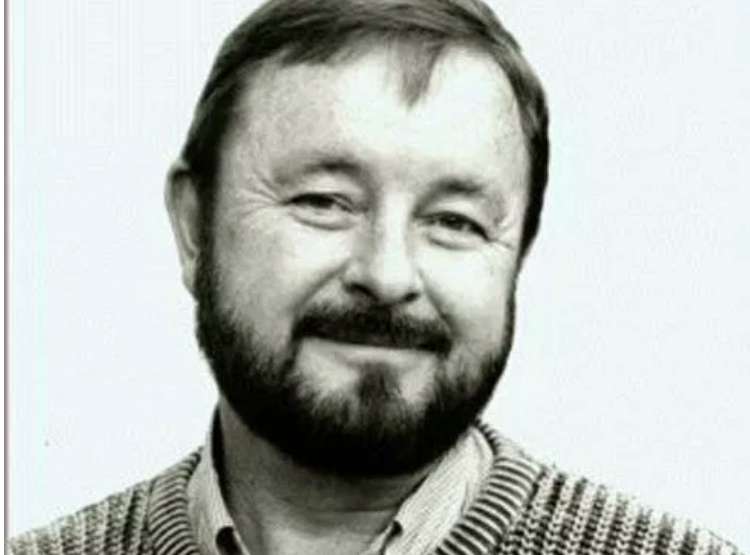
Ingo Swann, The Psychic Agent
An artist and renowned psychic from New York named Ingo Swann was invited to participate in Project Stargate. The CIA wanted to see if they could train their psychic agents to move things with their mind, and they believe Swann was a good candidate in the use of psychokinesis. In one experiment, a psychic known as Ingo Swann was shown an instrument, and how it works. They asked him to use his mind to alter the behavior of this instrument. With each experiment, they brought Ingo Swann further and further away, until they were seperated by two large steel walls. In 80% of the sessions, they saw significant results that the instrument moved. They had run the experiment with several other candidates, whose results were closer to 30% accuracy.
After this experiment, the CIA was so convinced that he really did had psychic powers, that they put Ingo Swann in charge of more projects. During the 1970’s, there had never been any satellites sent to the planet Jupiter. NASA had just launched a satellite to Jupiter called Pioneer 10, and they were curious to see if they could send a “psychic probe” to the planet at the same time, and see if the remote viewing descriptions matched the reality of the mysterious planet.
Both Ingo Swann and a second agent named Harold Sherman were placed in sensory deprivation tanks, and asked to remote view to another planet. Their descriptions of Jupiter were recorded independent of one another, and yet they both described almost identical visions. Their descriptions are so similar, it truly is like they rehearsed their lines beforehand, but they had no way of knowing that they were 100% accurate to the reality. They both described multi-colored streams of thick clouds that surrounded the planet, harsh storms, The Big Red Spot, and floating crystals. In the year 2000, NASA launched the Juno Satellite to take high definition photographs of Jupiter. We now know that the surface of Jupiter looks exactly like what Swann and Sherman described.

